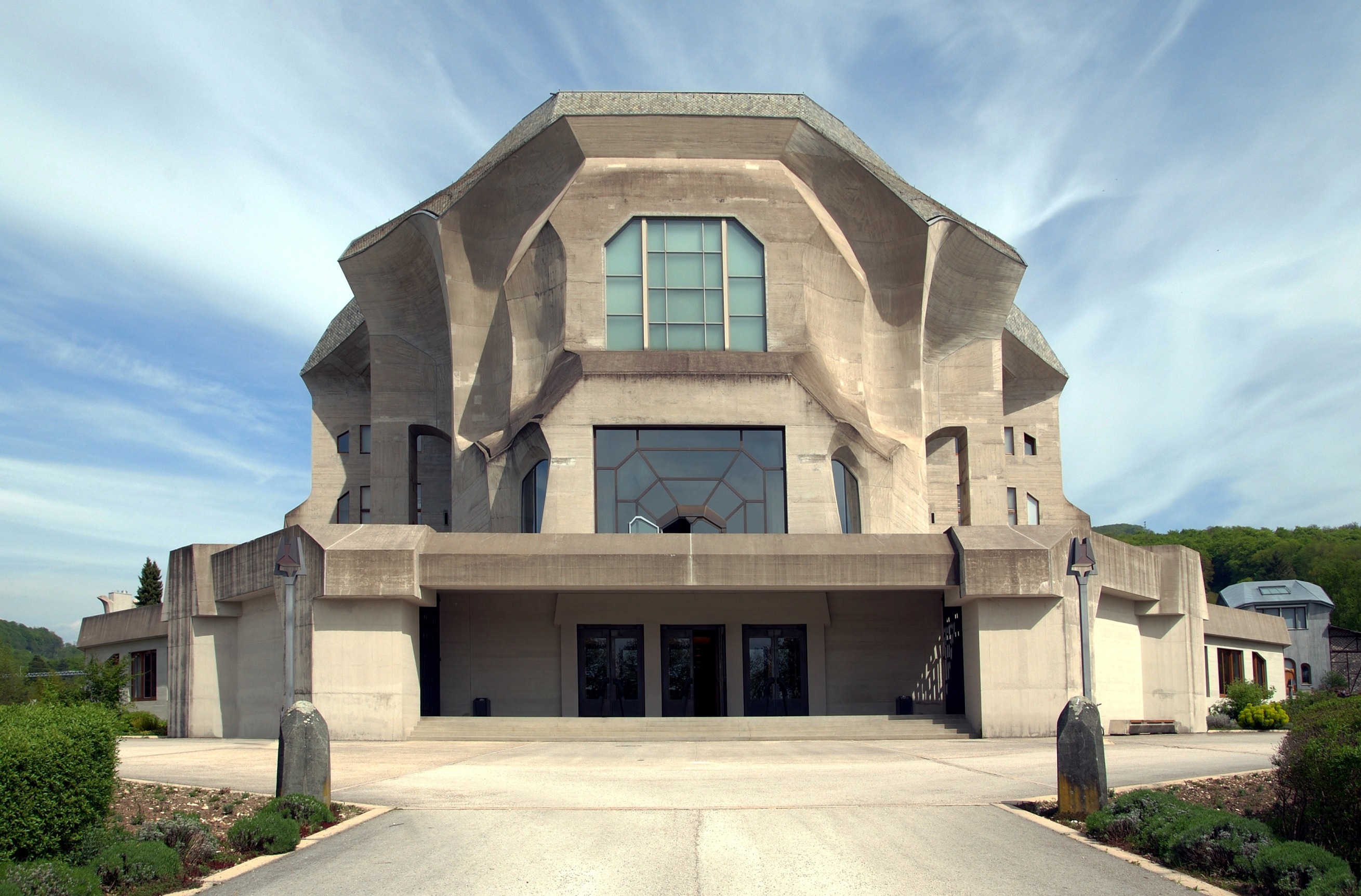Group 4 - Reval (Tallinn)
Felicia Dieterman,
Maria Mueller,
Ali Alshaikhahmad,
Kyle Kielty
Mohammed Alsuwailem
Fayez Alanazi
Tatiana Satchivi
HISTORIC MARKERS THAT DESCRIBE THE HANSA
965 --> Increase of mercantile activity due to the market rights conferred in Bremen.
12th Century --> An alliance formed between Hamburg and Lubeck in Northern Germany marked the beginning of the Hanseatic League. Lubeck was a predominant town in the trades.
The League gained independence from the local feudal lords and only owed allegiance to the emperor.
Start of 16th Century --> The league started to fall apart and was in a weak position due to the rise of English and Dutch merchants. The league lost the monopoly of the trade routes. Another reason for its weaker position was due to the lost of common interests among the League. Finally, the influence of the German princes was growing, which made the cities from the Hansa lose their right to trade freely.
LIFE IN HANSEATIC CITIES
Cities that were members of the Hansa were called "Free cities" because they were not ruled by the local feudal lords. Lubeck was more independent compared to the other cities in the League.
If a city refused to join the Hansa it was blockaded or barricaded by the League. No trade was done with a city that had been barricaded until it joined. The cities of the Hansa looked wealthier than the cities outside it.
TRADE ROUTES AND THE TRADE WORKED
One of the main trade routes that was used by the Hanseatic
League was called the "Salt Road". Salt was a very sought resource by merchants to
preserve their goods, which is why "Salt Road" was a common trade path, yet it was known to be dangerous. It was also the road between Hamburg and Lubeck.
The cargos in the port of Lubeck consisted of
salt, herring, grain, timber, honey, amber, ships stores, and other bulk
commodities. These were not cargos that made quick fortunes, but they were a
steady trade, and the Hansa held a monopoly on a great deal of it, if not all. Ships
were the main way to trade, which gave them access to Scandinavia.
SHIP, CITIES, AND SOCIAL MAKE-UP IN HANSEATIC CITIES
They used ships by selling them, this is the industry they
excelled in, that is what boosted their economy. Ships were a huge factor for
merchants that provided access to Scandinavia. Commercial ships also had to
carry soldiers and their weapons.
Cities: Most merchants came from North Germany cities, Baltic port
cities and many others joined. Hanseatic League operated for 300 years with
members from 300 cities. Hamburg was a popular trade route for salt, which was
part of the “Salt Path”.
Social Make-up of Hanse: There were over 60 cities, each city had
their own merchants and each made alliance and made their own common policies.
WHAT "TRUST" AND "TRUTH" MEANT AMONG HANSE TRADERS
Truth and Trust were important because the goal of the league was to keep the spirit alive and encourage a vibrant exchange between its members.


